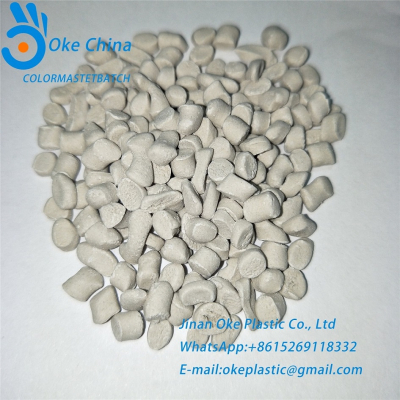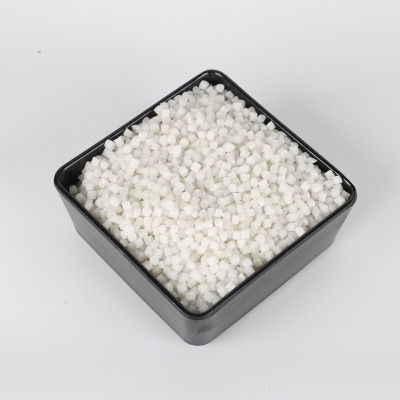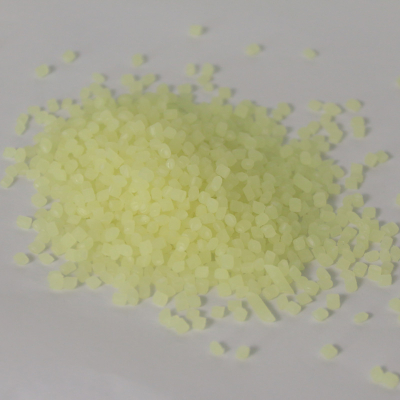Characteristics of White Masterbatch
White masterbatch (also known as white concentrate) is a pre-dispersed, high-concentration pigment or filler blend primarily used for coloring and functional modification in industries such as plastics, coatings, and fibers. Its key features include:
1. High Coloring Power and Whiteness
Strong Coverage: Typically uses titanium dioxide (TiO₂) as the main white pigment, with concentrations ranging from 20% to 80%, effectively masking the base material’s color.
Stable Hue: Can be adjusted for cool tones (blue undertone) or warm tones (yellow undertone) to ensure consistent color between batches.
2. Excellent Dispersion
Pre-dispersed Process: Pigments are uniformly coated with carrier resins (e.g., PE, PP, PS), preventing agglomeration and speckling issues common with direct powder use.
Simplified Production: Reduces dust during processing and improves mixing efficiency, suitable for injection molding, blow molding, extrusion, etc.
3. Versatile Functionality
Basic Type: Provides only white coloring.
Reinforced Type: Incorporates fillers like calcium carbonate or barium sulfate to reduce costs or enhance rigidity.
Special Functional Type: May include additives like optical brighteners (for enhanced whiteness), UV stabilizers (weather resistance), or flame retardants.
4. Broad Application Compatibility
Resin Adaptability: Custom formulations for different substrates (e.g., PVC, ABS, PET) to avoid compatibility issues.
Heat Resistance: Some masterbatches withstand high-temperature processing (e.g., engineering plastics above 280°C).
5. Environmental and Safety Compliance
Low VOCs: High-quality masterbatches minimize odors or fumes during processing.
Regulatory Compliance: Meets standards such as EU REACH and RoHS for restricted substances (e.g., heavy metals, azo dyes).
6. Cost Efficiency
Reduced Waste: Easier dosing compared to raw pigments, minimizing material loss.
Optimized Costs: While unit price may be higher than pure pigments, it saves on dispersion equipment and energy consumption.
Common Applications
Plastic Products: Food packaging (requires FDA compliance), appliance housings, daily necessities.
Fibers: Whitening for polyester, polypropylene fibers.
Films: High-opacity films for multi-layer co-extrusion.
Selection Considerations
Carrier Compatibility: The masterbatch carrier resin must match the base material (e.g., PP masterbatch for PP products).
Weather Resistance: Outdoor applications require rutile TiO₂-based masterbatches (superior UV resistance).
Processing Conditions: Evaluate thermal stability for high-temperature or high-shear processes.
By selecting the right white masterbatch, product appearance and production efficiency can be significantly enhanced.





